TMJ Treatment Orlando
Eliminating Jaw Pain at Its Source
It’s very possible for dental problems to not have anything to do with your teeth or gums. Sometimes, problems can develop with your temporomandibular joints, also called your TMJ, which are responsible for connecting your jaw to the rest of your skull. Even though these issues might not seem serious and aren’t always noticeable, they can cause long-term complications if left unresolved. Dr. Scarpitti and his team can easily identify these issues and address them with TMJ treatment in Orlando, eliminating jaw pain at its source and ensuring optimal oral health.
Why Choose Premier Dental Care of East Orlando for TMJ Treatment?
- Advanced Dental Technology for Precise Care
- Friendly Staff That Emphasizes Patient-Education
- Several Life-Changing TMJ Treatment Options Available
Symptoms of TMJ Disorder

Symptoms of TMJ disorder aren’t always obvious or outright painful, but that doesn’t mean these issues are any less serious. Here are a few of the most common symptoms that patients usually experience:
- Jaw pain and stiffness, often when biting or chewing
- Headaches, earaches, or neck/facial pain
- Popping or clicking sounds coming from your jaw
- Tinnitus, or a constant ringing sensation in your ears
- Difficulty opening or closing your mouth
TMJ Treatment Options
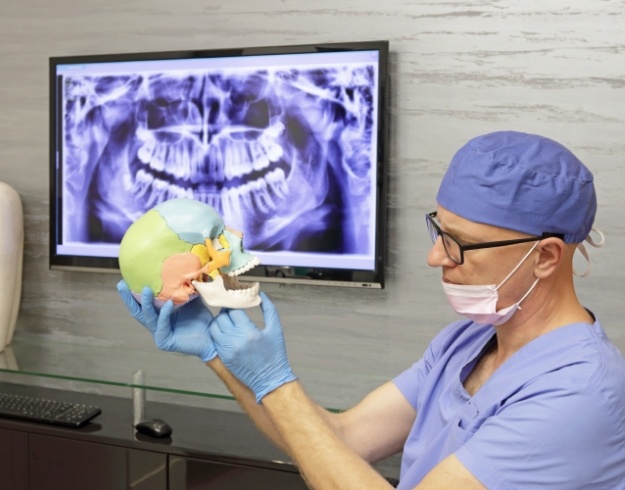
We won’t be able to recommend an appropriate treatment option until we’ve had the opportunity to examine your smile. That said, there are various means of treating TMJ issues, all of which are notably effective and non-invasive. Here’s more about some of the options we offer:
Equilibration/Occlusal Adjustments
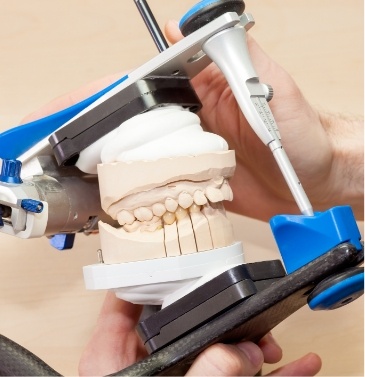
This is one of the go-to options for TMJ treatment. It involves altering the shape of individual teeth so that they fit together correctly when you close your jaw. These minor adjustments can ultimately reduce stress levels in certain areas of your mouth. We use our T-Scan system to assist with this; it provides advanced detection of dental and jaw issues that contribute to TMD, which helps to reduce costly repeat visits and remakes, while also enhancing patient education.
Occlusal Splints
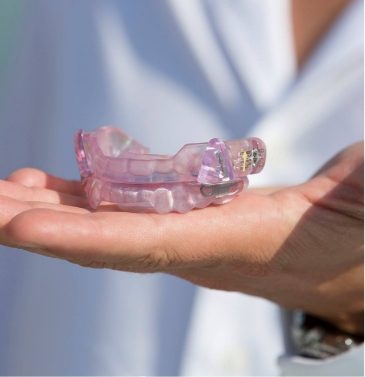
Occlusal splints are another effective means for addressing these issues, and they function fairly similarly to mouthguards. They’re custom-made for your mouth, and as you sleep, they assist you with closing your jaws on an even surface. This ensures that you aren’t grinding your teeth together, which might be causing your TMJ issues, while also assisting with proper dental alignment throughout the night.
BOTOX for TMJ Treatment
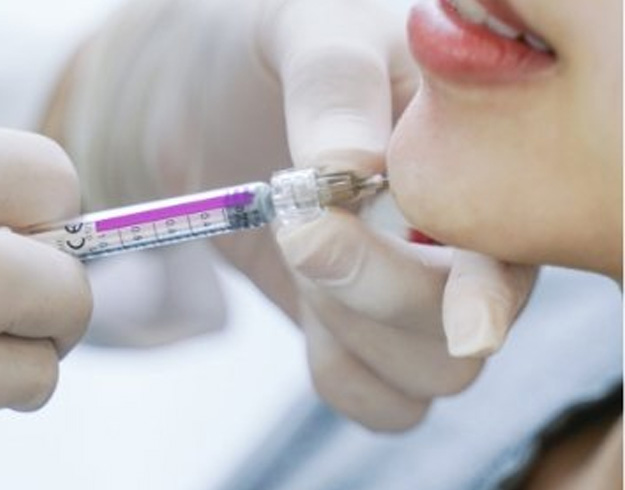
Believe it or not, BOTOX does much more than address laugh lines and facial wrinkles; it can help to relax tense jaw muscles and alleviate associated jaw joint pain. It is often recommended as complementary to other forms of TMJ treatment, but it might be all you need in certain cases. Would you like to learn more about BOTOX and how it might play a role in helping you find lasting relief from TMJ disorder? Continue reading below.
What Is BOTOX?
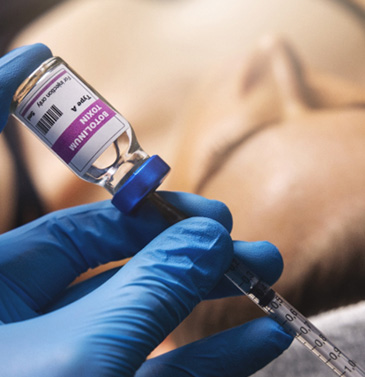
BOTOX is the brand name of a diluted form of botulinum toxin. When it is injected into the muscles, it forces them to relax and limits their ability to move. Not only is that the mechanism through which BOTOX reduces the appearance of wrinkles, but it is also how it reduces symptoms of TMJ disorder (TMD).
As the muscles around your jaw relax, it can reduce tension and pain throughout your head and face. Many patients notice significant symptom relief that lasts for 3 – 4 months.
The process of administering BOTOX is fast and relatively comfortable. In fact, your appointment might last just 20 minutes or so. No downtime is necessary afterward, and you may start to notice results within 5 – 10 days.
Are You a Good Candidate for BOTOX for TMJ Treatment?

BOTOX might be a suitable treatment for you if you are experiencing TMD symptoms, such as:
- Tenderness and pain in your jaw.
- Limited jaw movement.
- Headaches and migraines.
- Ringing in your ears.
- Back and neck pain.
BOTOX can be especially beneficial for individuals whose TMD is associated with bruxism (teeth grinding and clenching). It can do much to relax overworked muscles!
However, keep in mind that BOTOX does not typically address the root cause of TMD; it is more for symptom relief. You may need to receive complementary treatments for optimum results.
How Can BOTOX Treat TMJ Disorder?
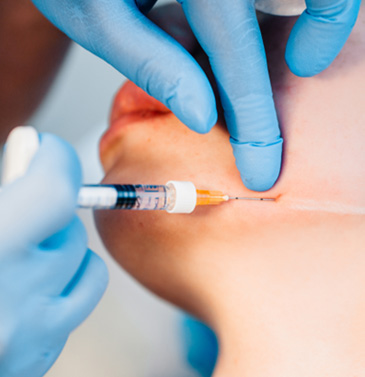
By forcing the facial muscles to relax, BOTOX can be an effective way to manage TMD. In fact, one study even found that it improved symptoms in 90% of participants! A separate study showed decreased pain associated with mouth movement for up to three months after treatment.
Indeed, BOTOX may be able to do much to improve your quality of life and get you on the path to lasting TMJ disorder relief! Contact us today to learn more or request a consultation.
